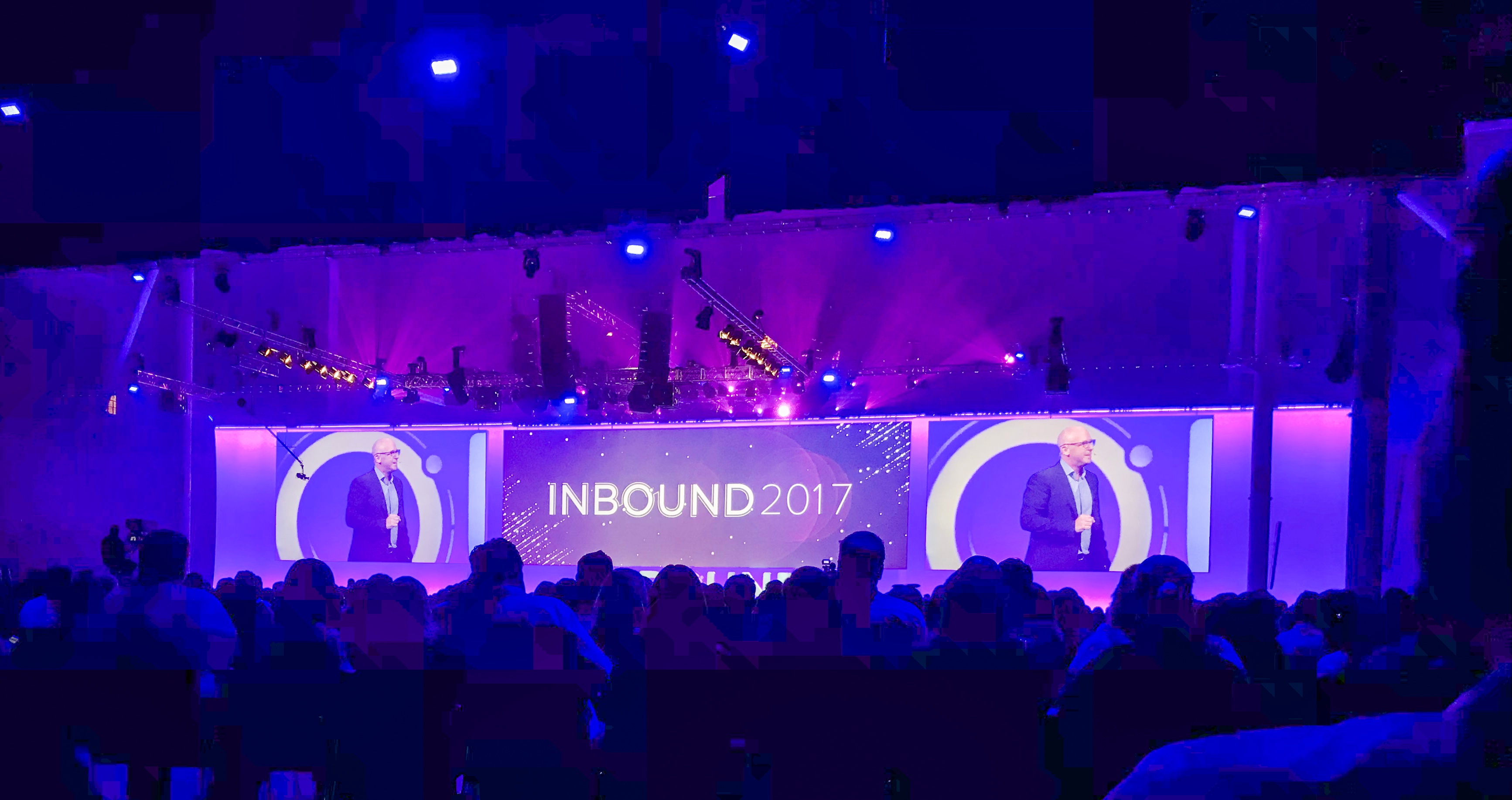Attract, Convert, Close: Benefits of a CRM for Sales & Marketing
Editor's Note: This blog was originally published in 2015 and was updated in October 2023. Chances are your business has some sort of CRM, (Customer...
The sales cycle in the private club industry can be a long one. It might even take years from the time a prospective member expresses interest to the time they finally become a member. Because of this, it can be a challenge for club marketers to manage, organize, and engage with contacts — all of which are crucial if you want to increase and maintain membership.
In this episode, we chat with John-Erik Pszenny, a principal channel consultant and customer relationship management (CRM) expert at HubSpot. He explains how marketers can use CRM tools to save and store both important relationship information and transcripts from conversations you’re having with everyone, from prospect to member.
“So really, it's a tool that synergizes with all parts of your business, just providing every person in your business more information to have more valuable conversations with the people that matter most, the people you're doing business with.”
Though our guest works with HubSpot’s free built-in CRM, there are many CRM tools available today. If your club has never used one before, where do you begin?
Speaking solely as a CRM expert, Pszenny says you should look for a company or software that has a robust education system built in. Does it have a good support system that can help teach you how to use it and the best way to make it work for your business?
Pszenny says it’s also important to explore its ease of use from a beginner's perspective. Is it something you can easily get started with while you continue to learn its more advanced features? This is a good place to start because CRMs have a lot of bells and whistles. These will come in handy down the road, but getting your CRM set up is generally the most challenging and time-consuming part.
In some cases, people spend years considering whether to join a private club and the mindset, historically, has been, “when they're ready, they'll come back.” Yet, if any other business treated contacts that way rather than stay in front of them, they would probably go out of business.
A CRM stores specific information about a contact — what age group they fall into, what their interests are, or even as specific as what they played that day on the course. This comes in handy when sending follow-up communication. Let’s say in a year or so, your club has a campaign aimed at a specific age group or type of golfer. A CRM ensures that campaign material goes out to the most appropriate audience.
CRMs also keep all your team members on the same page with up-to-date contact information. They're created and coded in a way that allows anyone to easily update and save that information for the foreseeable future.
Saving specific contact information allows you to nurture that individual over time with content they’re actually interested in. This brings up another important feature of most CRM tools, email sequences (or workflows for those who are more familiar with marketing lingo).
Email sequences, or workflows, ensure that certain contacts automatically receive certain emails depending on their response. This allows a small staff to remain agile and come across to the contact as a bigger team.
“What they’re really designed to do is to help smaller teams send very personalized, meaningful messages.”
Sound like spam? It’s not. Pszenny says to think of this as thoughtful and customized messaging. The right message at the right time. He’s proof that it works, too. Pszenny became a private golf club member after receiving a well-timed re-engagement email through the good use of a CRM. Although he was not ready to become a member when he first visited the club's website, he provided his email address to the club and quickly received a lead nurturing email. The rest is history.
CRMs will save you a lot of time in the long haul, too. Rather than having to write individual follow-up emails, you can build out email sequences and let its automation features do the work.
CRMs have come a long way and many intertwine with marketing efforts. For instance, some CRMs allow you to set up automated notifications that alert your sales team when someone becomes a lead, reminding them to reach out. Some track a contact's journey on your website, like what pages they’ve visited. This prepares you for thoughtful conversation rather than shooting in the dark. In Pszenny's words, CRMs take out the guesswork and human error.
“CRMs are going to become more and more powered towards saving information so that we can have really empowered conversations. I don't think we'll ever lose that aspect of the human touch. I just think there's going to be more empowerment for how you have better conversations.”
Whether you're a HubSpot user or not, today's guest John-Pszenny is a great resource for everything CRMs. Feel free to reach out via LinkedIn.

Editor's Note: This blog was originally published in 2015 and was updated in October 2023. Chances are your business has some sort of CRM, (Customer...

One of the most compelling reasons people join private clubs is the personal attention they receive. Your members want to be greeted by name. They...

Looking for more great marketing insights? Check out the Inbound 2018 Recap on our blog! Inbound 2017 took place in late September and the...